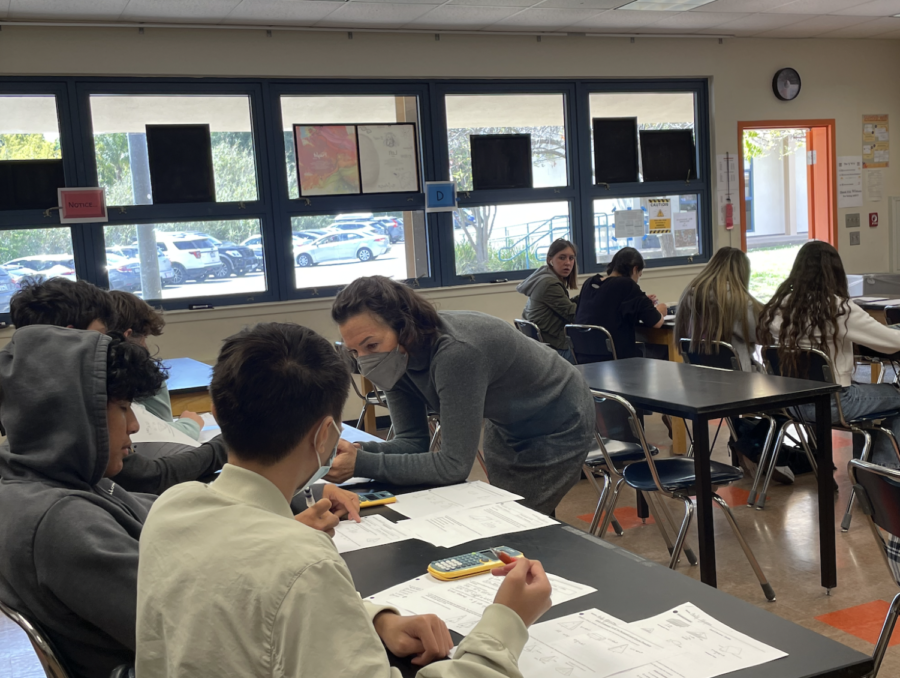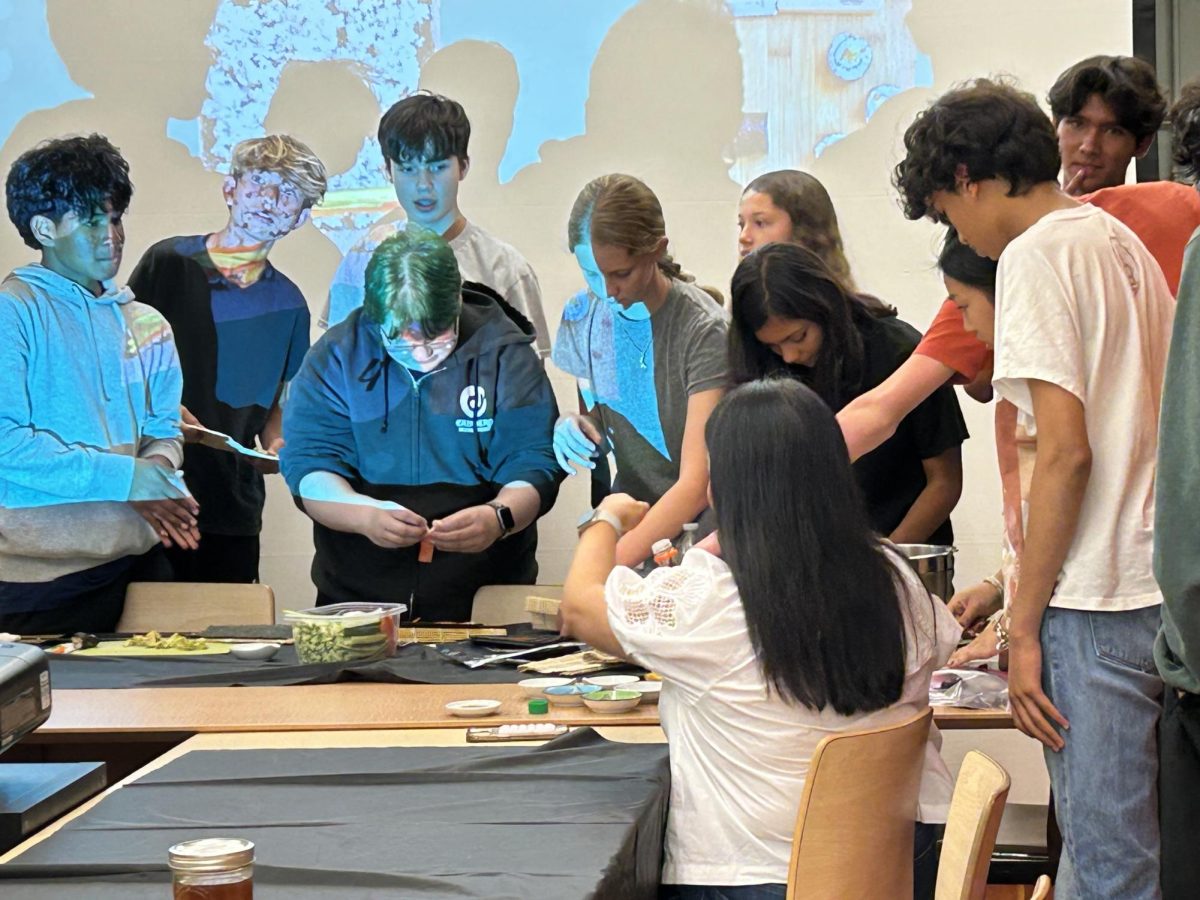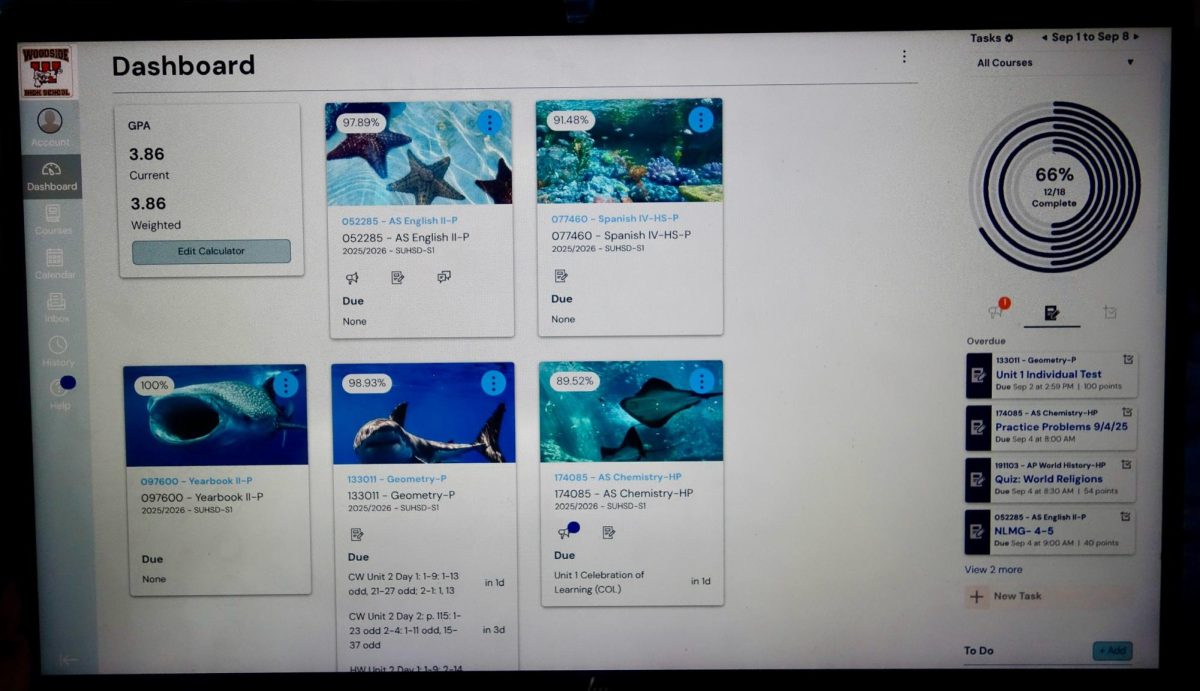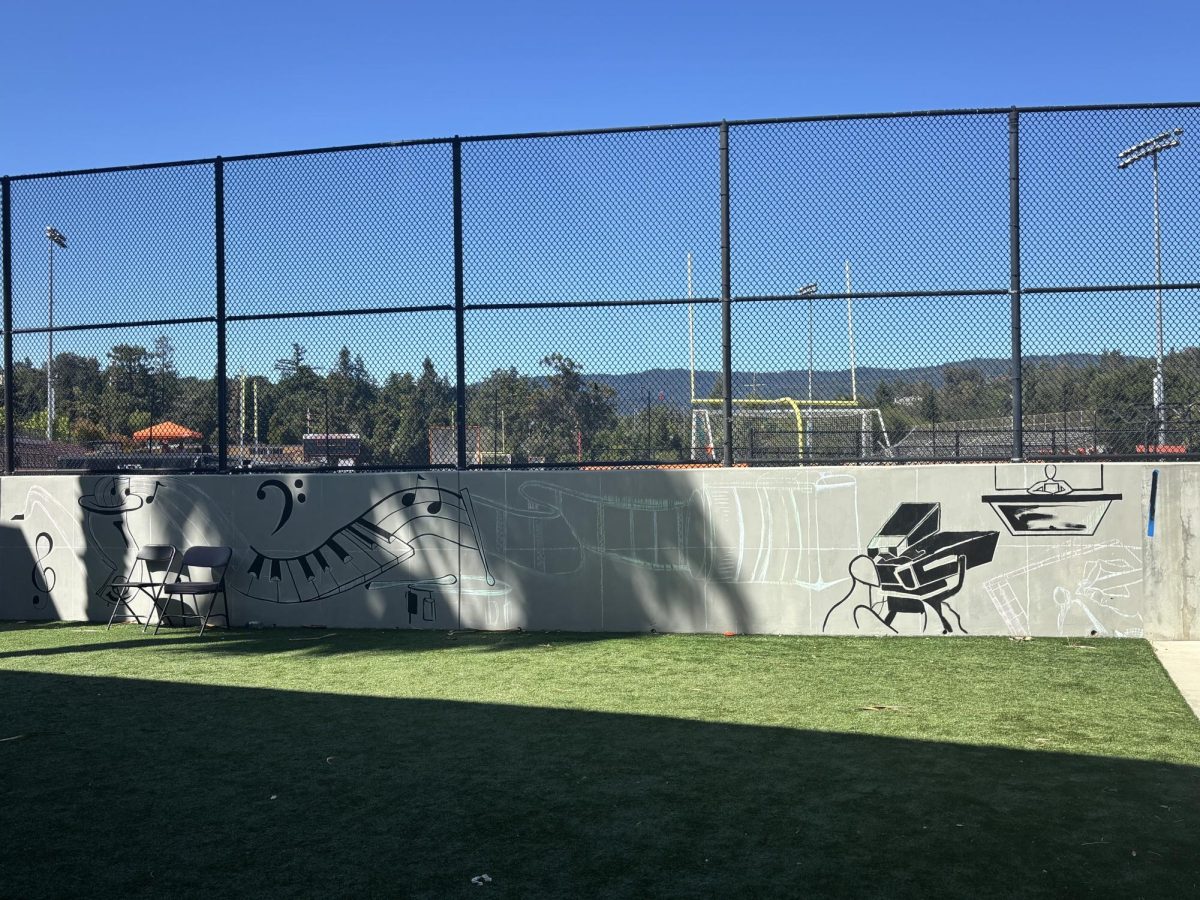As students consider their class loads for the 2022 to 2023 school year, they may find that the brand new math class, data science, is a strong option for their future.
The traditional math track, spanning from algebra I to AP calculus, has been ingrained into the minds of students since they first stepped on board as incoming freshmen. Until now, this pathway has been relatively linear, with slight variations depending on where a student chooses to start. However, starting next year, data science will be a hands-on course available for students to take instead of algebra II.
“It used to be this traditional trajectory of algebra, [geometry], algebra II, trig, pre-calculus, [and] calculus, and that’s where students think they have to go,” algebra I and geometry teacher Lisa Hennefarth said. “However, now you’ve got [another] option.”
The class has attracted the attention of many students with the promise of interesting projects and real-world applications. Contrasting the common themes in algebra of memorizing theorems and formulas, data science will focus on teaching skills which span beyond the classroom.
“In terms of the mathematics world, data science is a lot more applicable to real-life situations, especially situations that the average person is going to experience when they’re an adult in the real world,” algebra II teacher Carlos Flores said.
This real-world experience comes in a variety of forms throughout the course. Data science covers a wide range of skills and topics, ensuring that any student will walk away well prepared to utilize data in future classes.
“We will focus mainly on data entries, working with spreadsheets, word documents, [and] all kinds of forms of data entry,” algebra II Teacher Abdulhadi Kaddoura said. “Students [will] also be learning basic statistics probabilities.”
The new pathways and skills that are offered interest students from a range of ages. However, data science will only be available to upperclassmen in the coming year, due to policy.
“Our purpose [for limiting the class to upperclassmen] is just because it’s the first year, [and] we kind of want to see how it goes… We’ll have to see how it plays out, [and] if that policy changes,” Math Department Chair Jon Stewart said.
This rule poses as an obstacle for Freshmen currently enrolled in Geometry, hoping to take data science in future years. This does not necessarily mean that these students will be unable to take the course; they only need to be a little creative with their math track.
“I’m taking geometry right now,” Woodside Freshman Jake Warren said. “So, I’d probably take algebra II or algebra II/trig next year, and then data science, then stats afterwards.”
Data science offers a refreshing change of pace in terms of curriculum, atmosphere, and projects. However, the main element that sets data Science apart from algebra II may be the classes that it leads into.
“So typically, a good path would be either going into our regular Statistics class, or the AP Statistics class… [data science] would be a very good base for what they would need to be successful in either one of those courses,” Stewart said.
Following a math track that includes data science can be seen as an ideal pathway for students who wish to pursue fields outside of STEM. Many students see data science as a more helpful approach, as many careers have no need for the knowledge of calculus.
“I want to take it more just because I’d rather not take calculus,” Warren said. “I’ve heard that data science and stats are better for non-STEM courses [and] futures down the line.”
Data science teaches valuable skills that can be applied to a countless number of careers, both within and outside of the world of STEM.
“This is going to open the door for those students that maybe aren’t STEM-minded, but they really want to have that third or fourth year of mathematics to have on their transcript,” Hennefarth said. “I would highly encourage those students who want to go into liberal arts, sociology, criminal justice, [or] psychology [to take data science.]”
The way math is taught is fast evolving, and so are the courses themselves.
“It’s an exciting new area of math that has never been offered before,” Hennefarth said.











